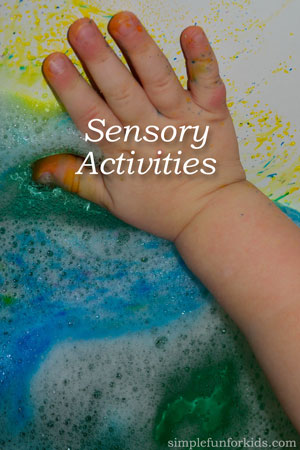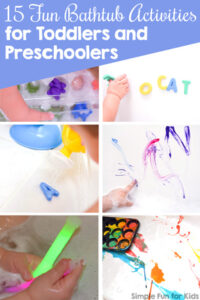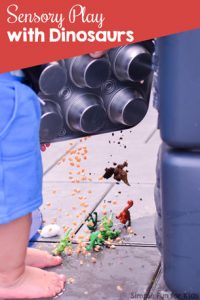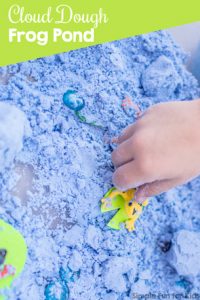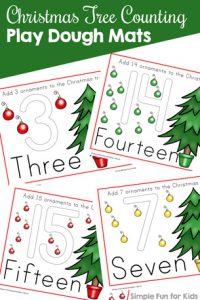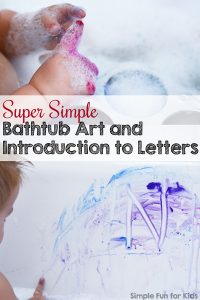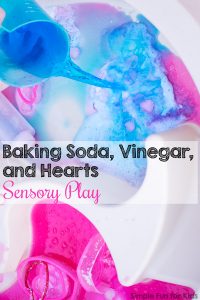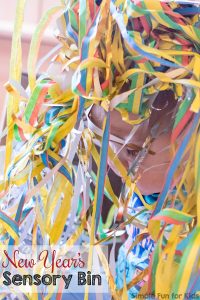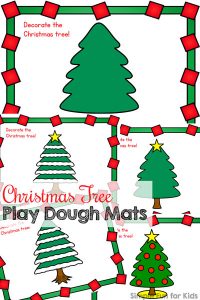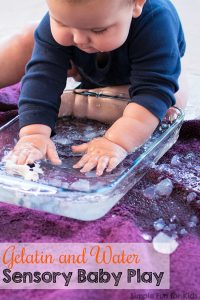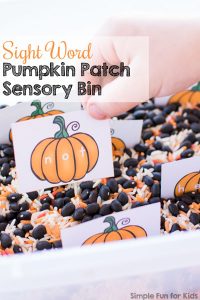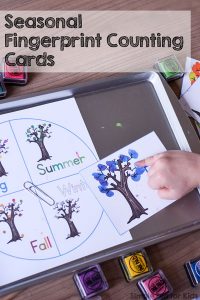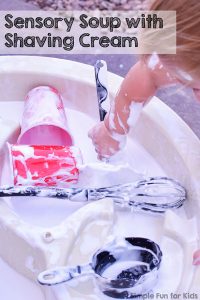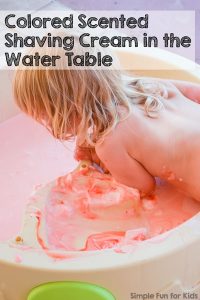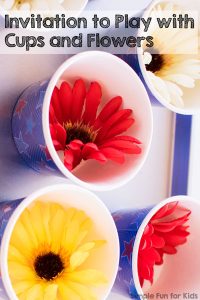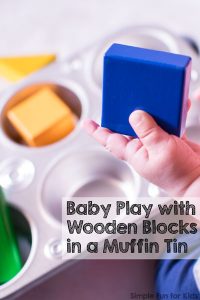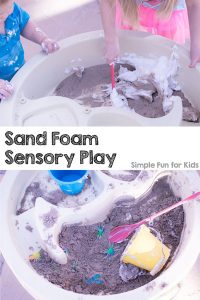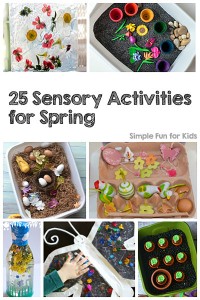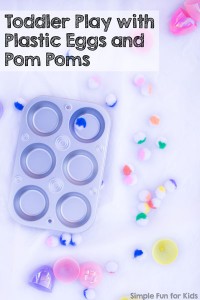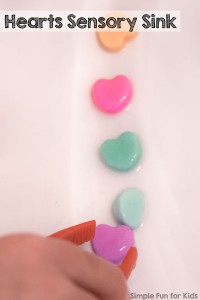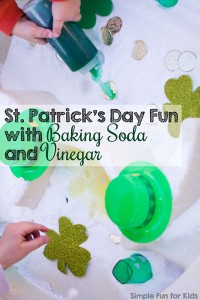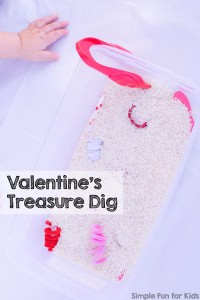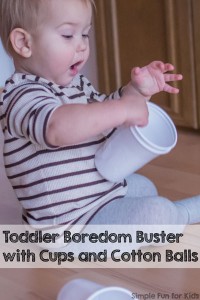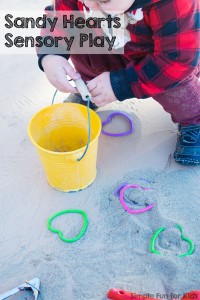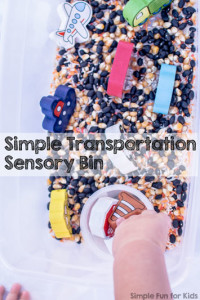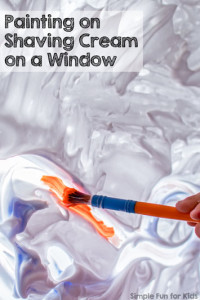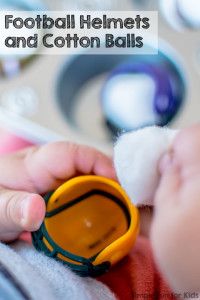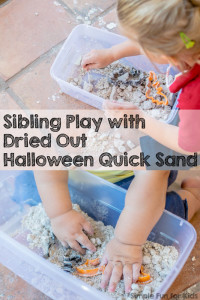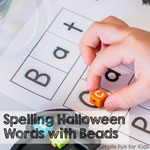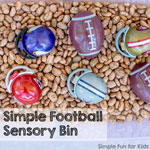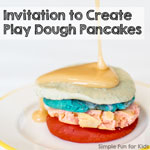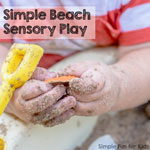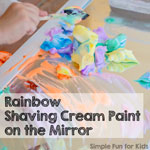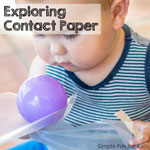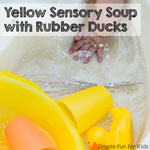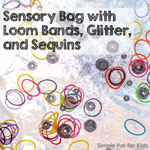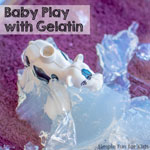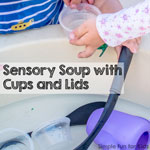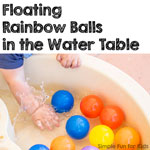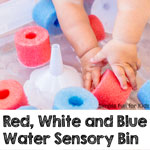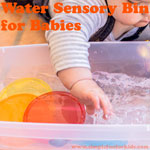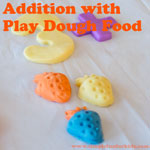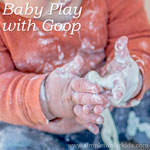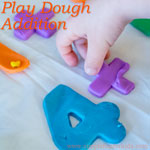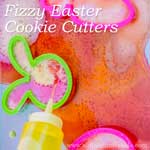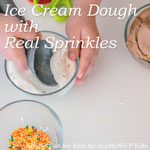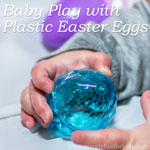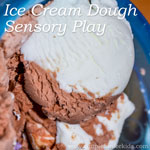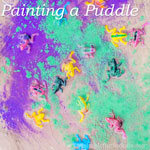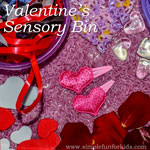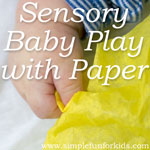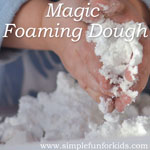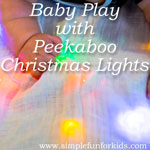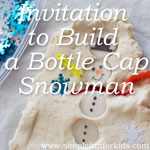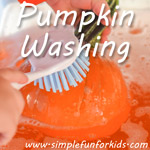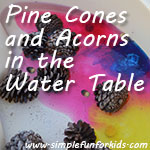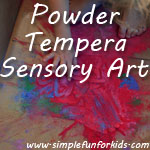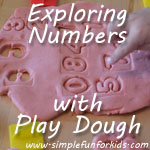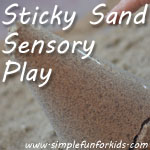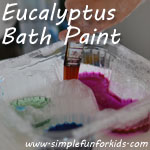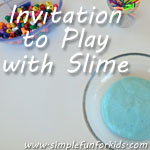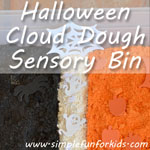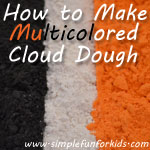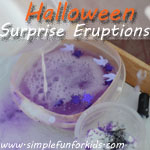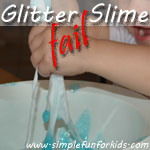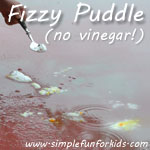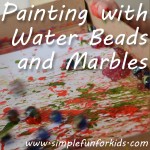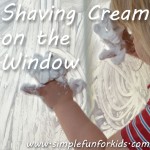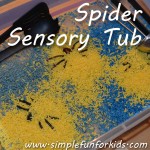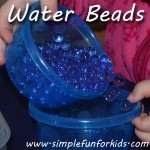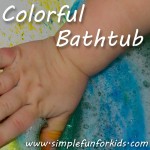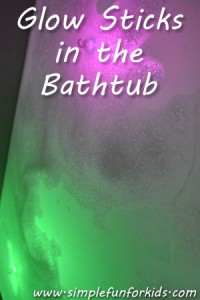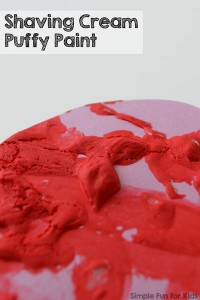Sensory Activities
Engage all your child’s senses with sensory activities! Whether it’s playing outside in the mud, mixing some quick cloud dough, or setting up elaborate sensory tubs or even sensory tables, there are so many ways for kids to play, explore and enjoy themselves with all their senses.
Click on the images to read about the sensory activities we’ve done, or read more general remarks below the fold.
Create invitations to play. Put out the materials separately or arranged to your heart’s content, provide some tools if you like, and let your children explore and play as they see fit. Depending on the scale, sensory activities can work well for several children of all ages to explore together.
Don’t try to guide them into a particular direction – although gentle encouragement and maybe some food for thought are okay if your child seems unsure of what to do next. Or jump right in and play with the materials alongside your child.
If you’d like to talk to your child about her experiences, try to give her some time to explore on her own first to make her more susceptible to listening.
Especially when you first put out a new type of sensory material, consider skipping tools and other additions to let your child figure out what to do with the material itself. You’ll likely have requests for specific tools (that you might never have thought of) soon enough. This doesn’t work with E, though, as she actually gets out her favorite tools right away when she sees me getting the sensory tub ready 😉
Remember that taste is one of the five senses as well! Many items used for sensory activities are non-edible, and indeed might be harmful if ingested. Try to avoid them if you’re not reasonably confident that your child won’t eat them. However, keep in mind that a lick of harmless non-edible materials like shaving cream or vinegar and baking soda won’t harm your child and will indeed convince most toddlers that they shouldn’t attempt any more culinary uses.
Until she was about 2.5, E would eat edible materials like colored rice, cloud dough, dry pasta, etc. I knew this and used food coloring and vinegar (rather than alcohol) to dye rice and pasta and didn’t color cloud dough at all (since food coloring doesn’t work very well for it). I also made sure to use vegetable oil for cloud dough instead of baby oil. I avoided adding scent to sensory materials for the longest time in order to not make them even more enticing to eat.
Having made those materials she would eat fully edible, I mostly let her go ahead with it {she never tried to eat non-edible items}. That was a decision I made in order not to have to avoid sensory activities altogether. Towards the end of this phase, I had some success reminding E that we use uncolored rice/pasta for eating and colored rice for playing. In the end, this issue resolved itself with the passage of time.
It’s up to you to decide how to handle issues like this with your child. Don’t let it become a struggle with you telling them to stop eating the materials over and over – it’s bound to make it more interesting for them and cancel some of the benefits of sensory activities.
If you can’t stand back and let it happen, or if your child attempts to eat harmful substances, I’d suggest just putting the sensory activity away for a later time and trying something else. Or adjust the activity to use real food, like pudding, yogurt, un-dyed rice, whipped cream, etc.


